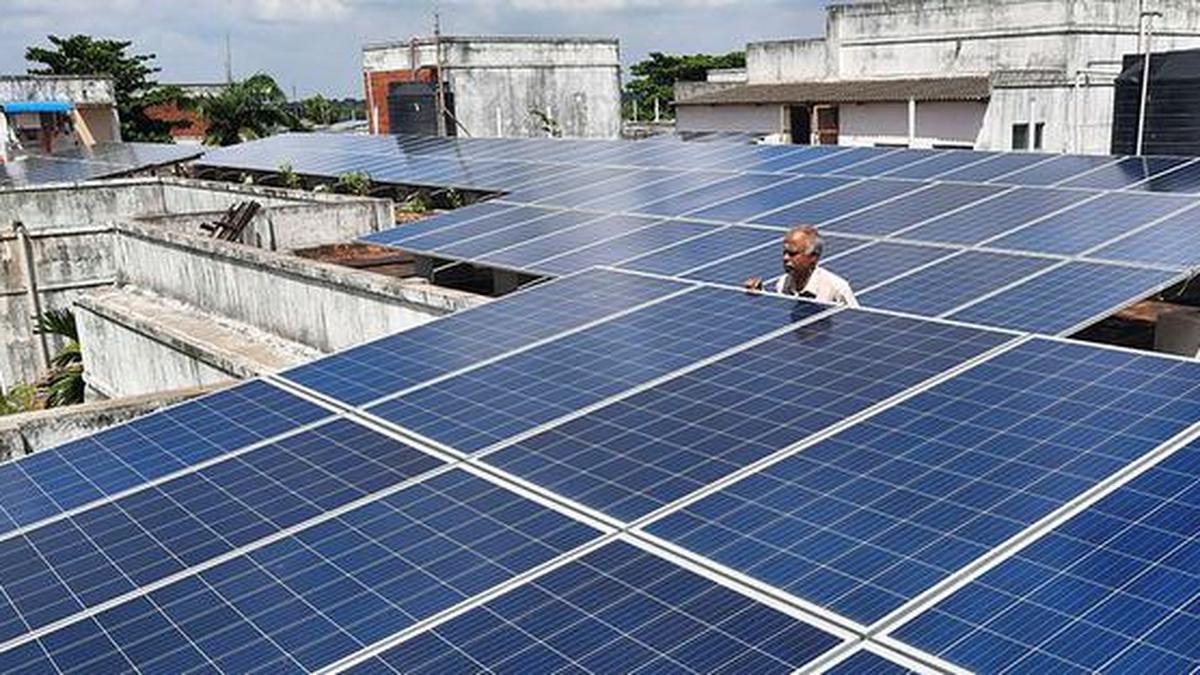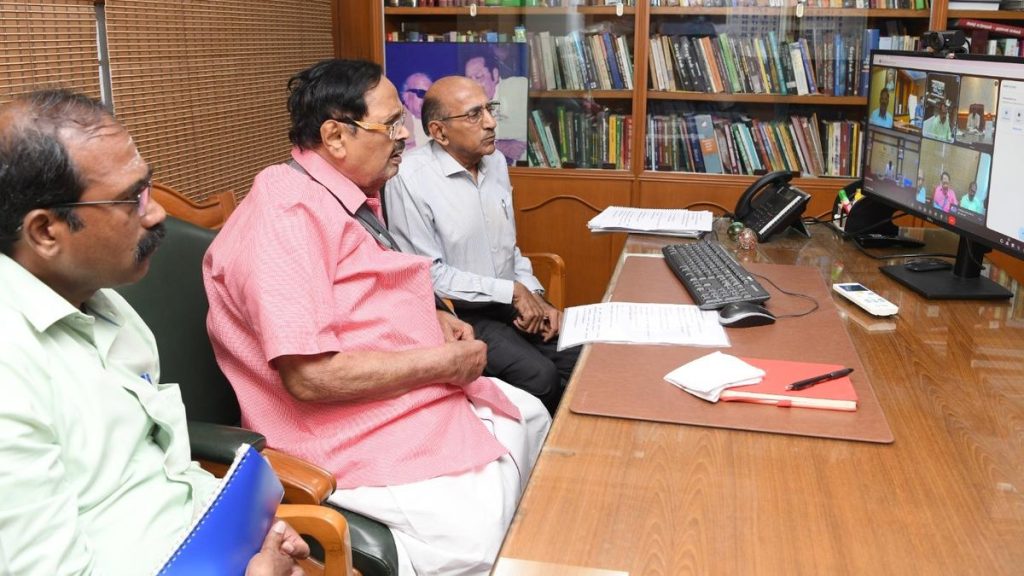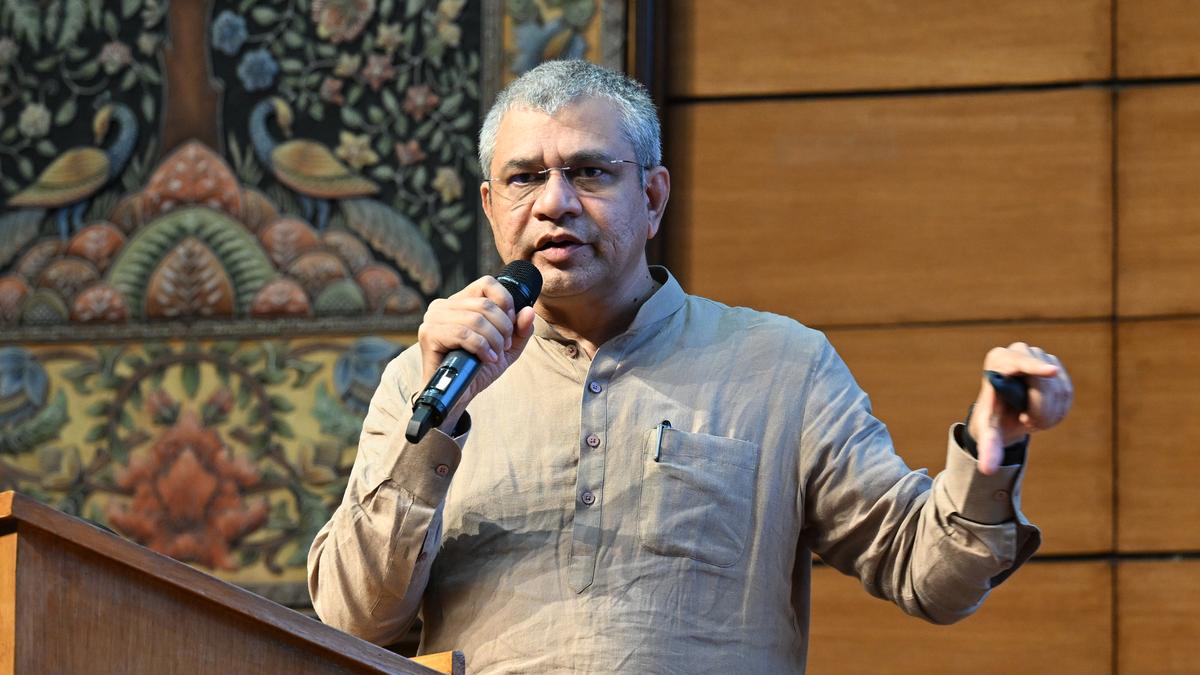Now Reading: India Marks Clean Energy Milestone, but Coal Dominates Power Sector
-
01
India Marks Clean Energy Milestone, but Coal Dominates Power Sector
India Marks Clean Energy Milestone, but Coal Dominates Power Sector

rapid Summary
- India achieved its Paris Agreement goal of having 50% installed energy capacity from non-fossil fuels five years ahead of schedule.
- Despite the milestone, coal continues to power 74% of India’s electricity, and coal production has increased by 5% last year.
- The country’s electricity demand is expected to more than double by 2047; storage infrastructure for renewable energy remains insufficient at just 505 MWh.
- Solar accounts for the largest share among renewables (119 GW),followed by hydro and wind. Nuclear energy contributes less than two percent overall.
- India faces challenges in renewable storage development due to reliance on rare earth metals mostly controlled by China.
- Alternatives like pump-hydro projects are being explored to enhance energy storage capabilities.
- Experts suggest optimizing emission reduction from coal plants and better grid integration for renewables as necessary steps.
indian Opinion Analysis
India’s progress in achieving its Paris Agreement renewable capacity target ahead of schedule highlights a commendable effort in addressing climate change. However, the persistent reliance on coal illustrates the complex balancing act between meeting immediate power needs and pursuing long-term sustainability goals. India’s growing electricity demand underscores an urgent need for investment in renewable storage solutions.
The dependence on imported rare earth metals further exposes critical geopolitical vulnerabilities that coudl hinder growth in clean energy infrastructure. Exploring alternatives like pump-hydro systems may alleviate some pressure, but developing a complete strategy integrating cleaner fossil fuel technologies and expanding domestic supply chains will be vital.While India’s per capita emissions remain below global averages, achieving net-zero emissions by 2070 will require simultaneous advancements across all sectors.As climate activists suggest, tackling inefficiency within existing systems while strengthening renewables points toward practical pathways for gradual yet impactful transitions.
Read more: [Link unavailable]

























